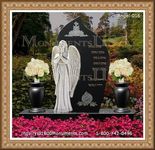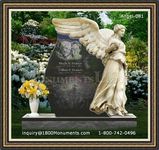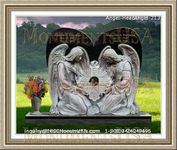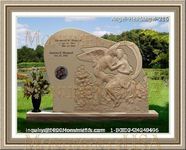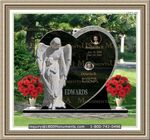|
Details You Should Know When Choosing Car Funeral Flags
The passing of a loved ones brings many small details that will need attending. One such situation is getting all mourners from the funerary service location to the place where the body will be interred. Certain protocols are in place to assist with this, including the use of specially designed funeral flags.
When mourners travel as a group from one site to another, it is called a burial procession. In some areas this ritual is carried out on foot as the bereaved wall through the streets carrying the deceased's casket or urn, though it is more common in modern times for the parade to be comprised of vehicles. The body is transported in a hearse which leads the line.
The processional line up usually begins with the hearse, which transports the body or remains of the one being mourned. Then comes the limousine, or car that holds the deceased's spouse, parents, children or significant other. Next in order are immediate family members followed by all other vehicles carrying mourners.
Police escorts are often sent to assist the group on their journey and ensure that other drivers do not interrupt the line of mourners. Instead of or in addition to official assistance, the hosting Home may supply banners to each vehicle that identifies their purpose. There are many different styles of these products.
Sometimes, wide ribbons are stretched across the hood of each car, identifying the passengers as in mourning. More commonly used are banners flown from flexible plastic rods attached to an automobile's door window. These may also be found with a magnetic base designed to firmly adhere to the metal or vinyl outside of the vehicle.
Products of this type typically stand nearly a foot tall and use flexible staffs to prevent breakage from strong winds. The banners are usually about 6 x 9 inches which makes them easy to see. Color options may vary with some of the more common options being purple, white and orange, all with contrasting crosses centered on them.
|
|























